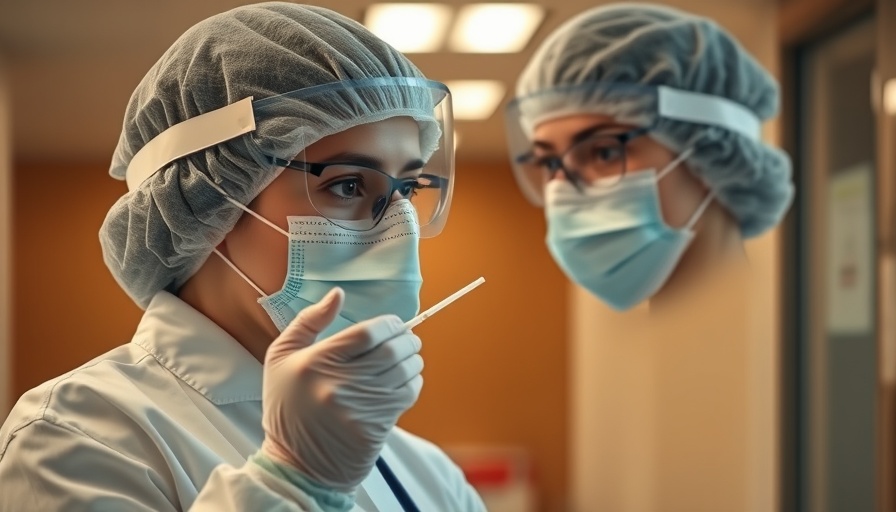
Unveiling a Breakthrough in Virus Detection Technology
Imagine a future where diagnosing viral infections is as seamless as checking your blood sugar. Researchers at Mass General Brigham have taken significant strides toward this reality with the development of the Luminescence Cascade-based Sensor (LUCAS). This innovative diagnostic tool boasts a remarkable ability to generate bioluminescent signals that are not only exceptionally strong—up to 500 times more intense than previous technologies—but also sustain their luminosity for eight times longer. These enhancements could revolutionize the accuracy and efficiency of virus detection, ushering in effective point-of-care diagnostics.
A Response to Longstanding Challenges
The challenges of diagnosing viral infections in complex biological samples cannot be understated. As Dr. Hadi Shafiee articulates, identifying an HIV particle in a blood sample is like looking for an ice cube in a jelly-filled Olympic swimming pool while blindfolded. Current diagnostic methods often struggle with issues such as inaccuracy, poor sensitivity, and background noise. LUCAS aims to resolve these limitations, harnessing the natural bioluminescent potential derived from fireflies. By utilizing an innovative enzyme signal cascade, LUCAS extends the lifespan of bioluminescence in diagnostic applications, effectively marking viral particles with a bright, prolonged glow.
Innovative Enzyme Cascade: How LUCAS Works
The success of LUCAS lies in its unique enzyme cascade approach. This mechanism introduces beta-galactosidase to facilitate the continuous release of luciferin, the molecule responsible for producing light during the enzymatic reaction. In simpler terms, while traditional methods allow luciferin to react once, LUCAS ensures that luciferin is continuously available for reaction. This innovative step results in a substantial boost in light production, allowing LUCAS to maintain **96%** light strength after an hour. Such advancements are crucial for real-time diagnostics, especially during outbreaks when quick and accurate results can save lives.
Transforming Point-of-Care Diagnostics for Everyone
As point-of-care diagnostics gain traction globally, the implications of developments like LUCAS become even more pressing. Many of us are familiar with devices that allow us to monitor health indicators—from glucose tests to rapid COVID-19 tests. Yet, the effectiveness of these tools heavily relies on their ability to deliver accurate and timely results. With LUCAS, health professionals and patients alike gain a powerful weapon against viral diseases, enabling proactive monitoring and timely intervention.
Looking Ahead: The Future of Bioluminescence in Healthcare
With the unveiling of LUCAS, the future of virus detection appears brighter than ever. As the world continues to tackle viral threats, the portability and efficiency of LUCAS could carve a path for widespread implementation in various healthcare settings, from hospitals to remote clinics. Furthermore, the success of LUCAS may inspire future advancements in bioluminescent technologies, venturing into new realms of medical diagnostics and perhaps even therapeutic applications.
In conclusion, the development of this diagnostic tool not only offers immediate benefits in combatting viral infections but also holds the potential for a transformative shift in how we approach healthcare diagnostics at large. This future underlines the importance of continued innovation in medical technology, emphasizing the necessity for swift, accurate, and reliable diagnostic treatments.
 Add Row
Add Row  Add
Add 




Write A Comment